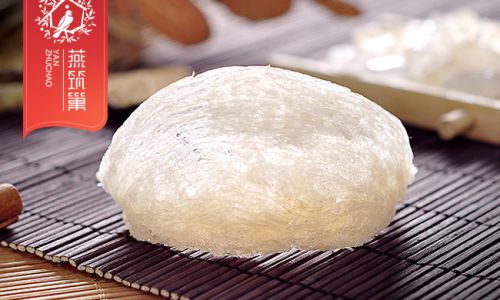Introduction
Edible bird’s nest, a luxurious and highly esteemed delicacy in many cultures, has been revered for its nutritional benefits and perceived health-promoting properties for centuries. Derived primarily from the salivary secretions of certain swift species, particularly those found in Southeast Asia, bird’s nest is prized for its rich texture, delicate flavor, and the myriad of health claims attributed to it. From enhancing skin health to boosting immune function, the myriad benefits of bird’s nest have captivated consumers worldwide. However, one question often arises among both new and seasoned enthusiasts: how much bird’s nest should one consume in a single serving? This article aims to provide a comprehensive guide to understanding the optimal serving size of edible bird’s nest, taking into account various factors such as individual needs, preparation methods, and the quality of the nest itself.
Factors Influencing Serving Size
- Individual Needs and Goals
The recommended serving size of edible bird’s nest varies significantly based on individual needs and health goals. For instance, those seeking to improve their skin health or enhance their overall well-being may opt for smaller, more frequent servings, whereas individuals aiming for specific health benefits like respiratory support or energy enhancement might require larger servings. It’s crucial to consult with a healthcare professional or a nutritionist to determine the most appropriate serving size tailored to your unique needs and health status.

- Quality and Type of Bird’s Nest
The quality and type of bird’s nest also play a pivotal role in determining the optimal serving size. High-quality bird’s nests, characterized by their cleanliness, color, texture, and minimal impurities, are generally more potent and require smaller servings to achieve desired effects. Conversely, lower-quality nests might necessitate larger servings to compensate for their reduced nutritional density. Additionally, different types of bird’s nests, such as red nest, white nest, or cave-nested varieties, vary in their nutritional profiles and thus may have different serving recommendations.
- Preparation Method
The way bird’s nest is prepared can also affect its serving size. Traditional preparation methods involve soaking the nest in water, cleaning it thoroughly, and then cooking it in various ways, such as boiling, steaming, or incorporating it into desserts. The cooking process can alter the nest’s texture and nutrient availability, influencing how much should be consumed in a single serving. For example, prolonged cooking can break down the nest’s proteins, making them more easily absorbed by the body, which might necessitate smaller servings.
- Cultural and Personal Preferences
Cultural practices and personal preferences also influence serving sizes. In some cultures, bird’s nest is consumed as part of elaborate ceremonies or special occasions, where larger servings are deemed more appropriate. Conversely, in daily dietary routines, smaller, more manageable servings are preferred. Personal taste preferences, such as liking a stronger or weaker flavor of bird’s nest, can also dictate serving sizes.
Optimal Serving Size Guidelines
Given the aforementioned factors, it’s challenging to provide a one-size-fits-all serving size for edible bird’s nest. However, general guidelines can be offered based on common practices and expert recommendations:
-
For General Wellness: A common starting point for individuals seeking general wellness benefits is approximately 2-3 grams of dried bird’s nest per serving. This amount can be adjusted upwards or downwards based on individual response and desired outcomes.

-
For Specific Health Concerns: For those targeting specific health benefits, such as respiratory health or immune support, a slightly higher serving size of 3-5 grams per serving may be recommended. Again, this should be discussed with a healthcare provider to ensure it aligns with personal health needs.
-
Frequency of Consumption: The frequency of consumption also impacts the serving size. Daily consumption generally warrants smaller servings to avoid overconsumption, whereas occasional use might justify larger servings to maximize benefits within limited intake occasions.
Practical Tips for Consuming Bird’s Nest
-
Start Small and Adjust: It’s advisable to begin with smaller servings and gradually increase based on your body’s response. This helps in assessing tolerance and effectiveness without risking adverse reactions.
-
Consistency is Key: Regular, consistent consumption is more beneficial than sporadic, large servings. Establishing a routine helps maintain steady levels of nutrients in the body.
-
Monitor Your Body’s Response: Pay attention to how your body reacts to different serving sizes. Adjust accordingly to optimize benefits and minimize any potential side effects.

-
Combine with Other Nutritious Foods: Incorporating bird’s nest into balanced meals or consuming it alongside other nutrient-dense foods can enhance its overall health benefits.
Conclusion
In summary, determining the optimal serving size of edible bird’s nest is a multifaceted process that considers individual needs, quality of the nest, preparation methods, cultural practices, and personal preferences. While general guidelines can provide a starting point, the most effective serving size is ultimately personalized and should be discussed with healthcare professionals. By understanding and adhering to these guidelines, consumers can maximize the health benefits of bird’s nest while ensuring a safe and enjoyable experience. Remember, the key to harnessing the full potential of this ancient delicacy lies in balance, moderation, and individualization.





0 comments